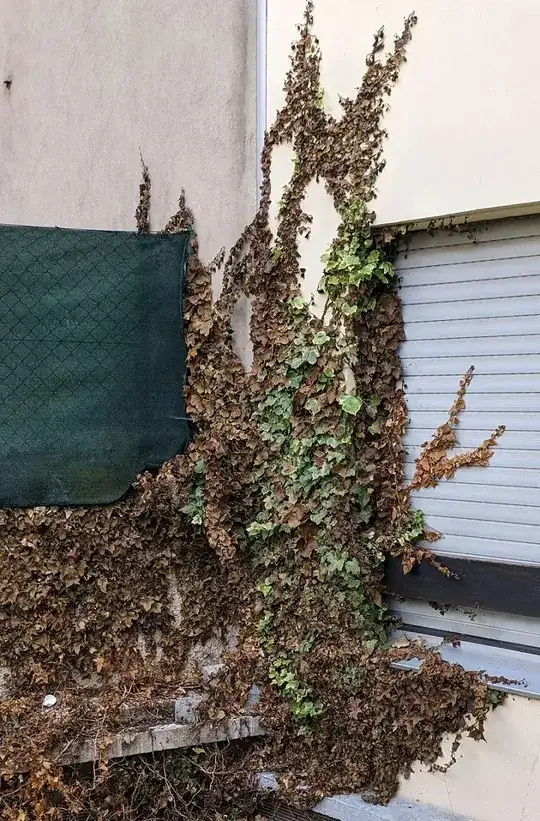Welcome to Gardening & Landscapes.
What you have there is Hedera Helix - plain old 'English" ivy and the bane of every Brit with an overgrown garden.
Killing the root will have very little effect upon this plant since each little root it throws out is capable of supporting quite a decent length of ivy.
I have no idea where you are from, but poison ivy looks very different to this 'regular' ivy and does not grow in the UK and Europe and seems limited to the Americas for some reason.
I have had to remove countless metres of this stuff in my life and the easiest place to start is at the stump that is buried in the soil and with a screwdriver, secateurs and a paint scraper , pull away a sizeable piece at a time. If you start at the stump, you are more likely to pull off a bigger length than starting at the top.
As you work upwards, you will probably pull off some sizeable chunks leaving only a few strands for you to use a paint scraper and a screwdriver to prize off the wall but do not leave any of the stalks in place since they can self propagate easily from half way up a wall.
Once you have removed all the stems/stalks there will probably be a few left over roots and if you allow them to dry for a few days, you can use a wire brush to get them off the stucco/render and then repaint it all with some gritty masonry paint.
Then all you have to do is keep cutting back any new shoots from the stump and your troubles will be over. I cannot imagine vinegar will assure a permanent death to this plant and if you are feeling big and strong, you can dig up the stump and root but it will be rather woody after being given so much room to expand.
This ivy is not toxic but there will be many little bugs living in amongst the leaf litter so wear gloves if you are squeamish and/or worried about damaging a nail.
Just make sure you remove all living stems from behind the shutter - the stems can sustain beyond 4m of growth in the dark. In my last house it had worked its way in via an air brick and then under my floorboards and popped up by the door to my lounge !
If you have a organic waste recycling system where you live, check with your council but in the UK, it is perfectly possible to put it in the Green Waste bins for hot composting by the councils.
